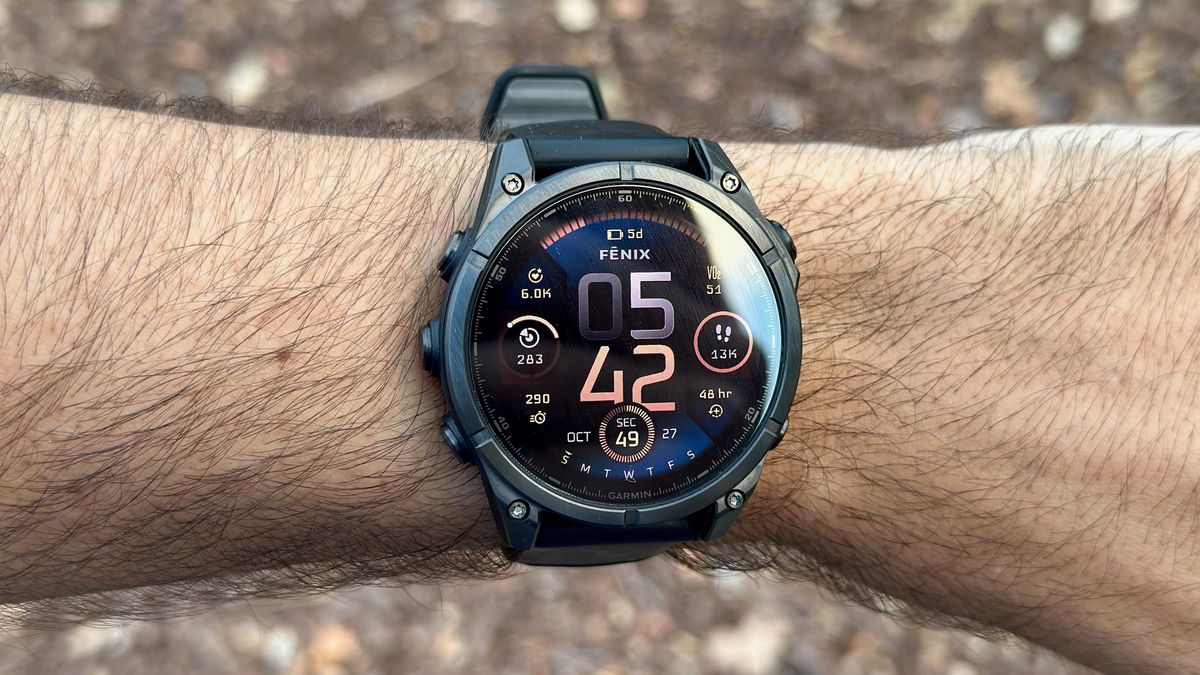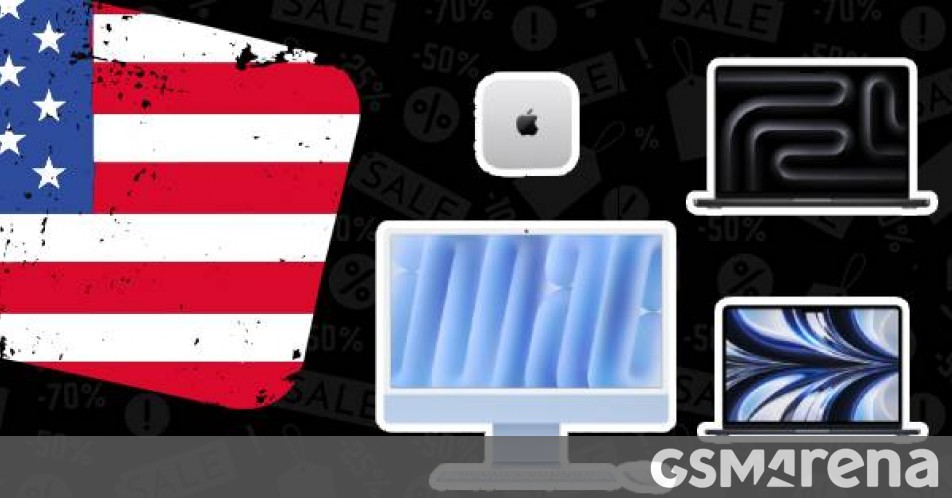One part of artificial intelligence will have an increasing role to play, according to Morgan Stanley. The theme, which it called “Edge AI,” involves running AI algorithms directly on a user’s device, be it a smartphone, laptop or wearable, among other things. “2023 has been all about Generative AI, cloud, GPUs and hyperscalers, and they will remain core to the secular machine learning trend,” the bank said in a November report. “However, to see AI’s diffusion permeate throughout all aspects of consumer life and enterprise productivity – which we expect it to – will require workloads to be pushed to devices at the edge of networks,” it added. Edge AI can help save costs, reduce latency (or lag time), among other benefits, Morgan Stanley said. Everyday examples of Edge AI include facial recognition on smartphones and voice recognition in smart speakers, it said. Edge AI can also be loosely interpreted as the “Internet of Things,” which it noted isn’t a new phenomenon. “However, with the advent of Generative AI, the impetus for device upgrades to enable greater computational power natively on consumer hardware is accelerating and spanning beyond often narrowly used smart speakers, for example,” said the bank. In time, such AI-driven consumer use cases will become integrated in everyday devices — presenting a number of opportunities for investors, Morgan Stanley said. It named six companies that are set to be key beneficiaries of this trend and likely to outperform in 2024 and 2025. Apple Morgan Stanley said Apple is well positioned to “expand all facets of Edge AI,” calling the tech giant’s proprietary silicon — its series of processors — the “most powerful and energy efficient” on the market. “Apple has also been pioneering Edge AI applications in their phones and devices. In addition, we believe the consumer trust in Apple’s data gathering and large user base gives Apple another leg up in using Edge AI applications to harness and apply new data,” said the bank. It gave Apple a price target of $210, or potential upside of around 10%. Dell The investment bank said demand for PCs with stronger CPUs and higher memory to support Edge AI workloads will increasingly drive PC upgrades for the next two years. “We believe that PCs have among the most compelling and imminent use cases for Edge AI with productivity apps and photo editing already accessible,” it added. “We view DELL as the best-positioned name in our universe to capitalize on both the cyclical rebound in hardware markets, and the long-term growth of AI-related infrastructure (PCs, Servers, Storage), which is an opportunity we believe is only in the first inning,” Morgan Stanley added. It added that it’s “still early days for AI PCS,” but noted that Dell is expected to launch new AI-enabled laptops and workstations in the next 12 months. It gave Dell a price target of $89, or potential upside of nearly 21%. MediaTek Morgan Stanley said MediaTek , the largest chip design house in Asia, is gearing up for Edge AI. It noted that its chief technology officer has said that amid competition, MediaTek can leverage its know-how in its existing internet protocol portfolio and smartphone system-on-a-chip designs. It gave Mediatek a price target of 1,000 New Taiwan dollars ($31.70), or potential upside of around 6%. Qualcomm Morgan Stanley views Qualcomm as a key Edge AI enabler. It says it’s a front-runner in the trend thanks to the continuous development of its Snapdragon platform — a system on chip products for mobile devices. It gave Qualcomm a price target of $119, or potential downside of about 6%. STMicroelectronics The bank says STMicroelectronics ‘ key Edge AI-enabling attribute will be its energy-efficient computing. “We believe STMicro is best positioned to improve processing energy efficiency through very low power micro-controllers,” said Morgan Stanley. “STMicro management are strong believers in the long-term value of inference in Edge AI and believe it is much more efficient to run compute locally in automotive, mobile, healthcare and the Industrial IoT,” it added. It gave a price target of 48 euros ($52), or potential upside of nearly 16%. Xiaomi Morgan Stanley said Xiaomi is a key beneficiary, given its first-mover advantage in Edge AI. The company is a market leader in smartphone hardware development which positions it well to solve hardware constraints arising from expanding Edge AI capabilities, it said. It gave Xiaomi a price target of 15 Hong Kong dollars ($1.90), or potential upside of less than 1%. — CNBC’s Michael Bloom contributed to this report. — This article was updated to reflect that Morgan Stanley’s price target for Qualcomm represents a downside.
This website uses cookies so that we can provide you with the best user experience possible. Cookie information is stored in your browser and performs functions such as recognising you when you return to our website and helping our team to understand which sections of the website you find most interesting and useful.




















Discussion about this post